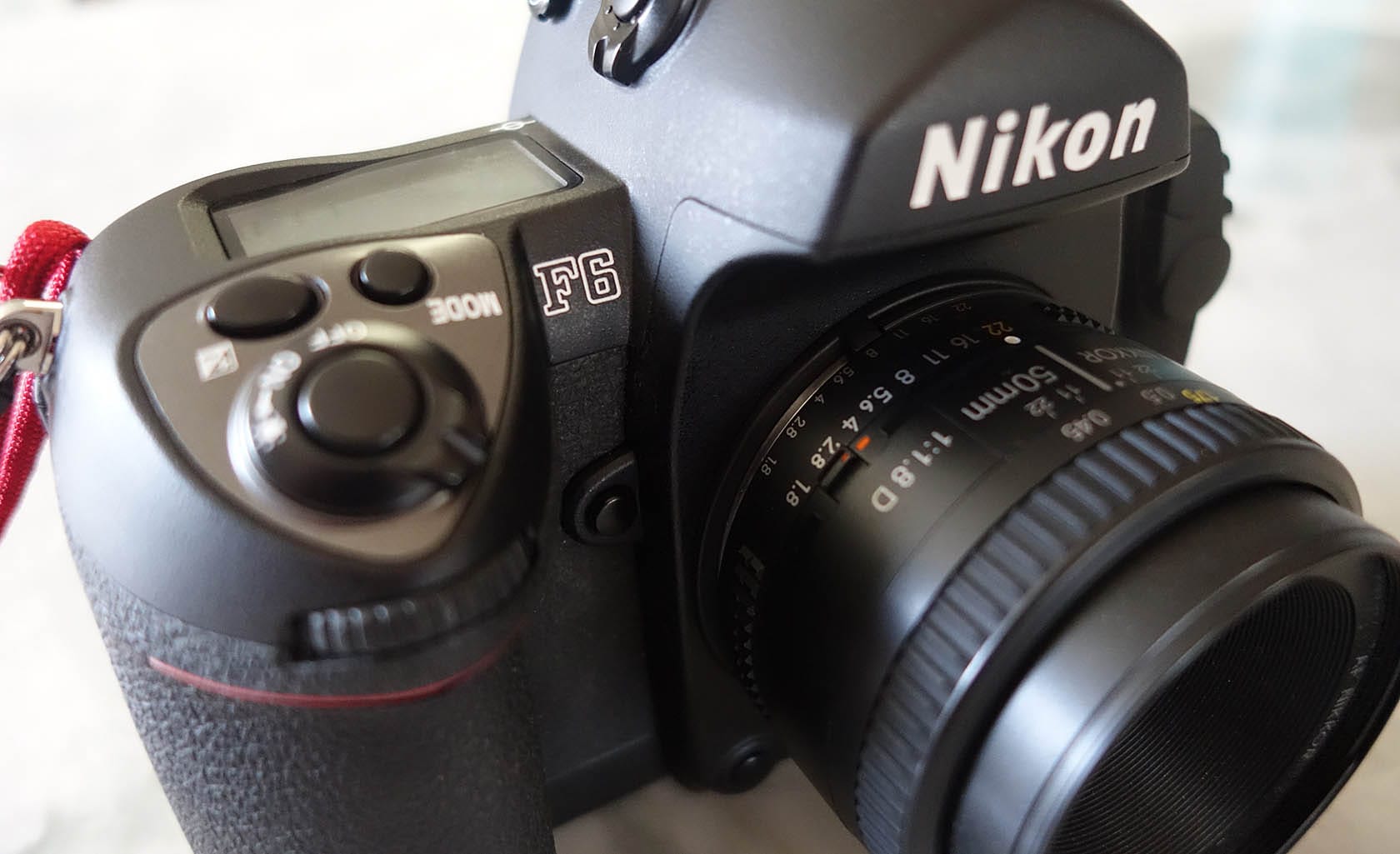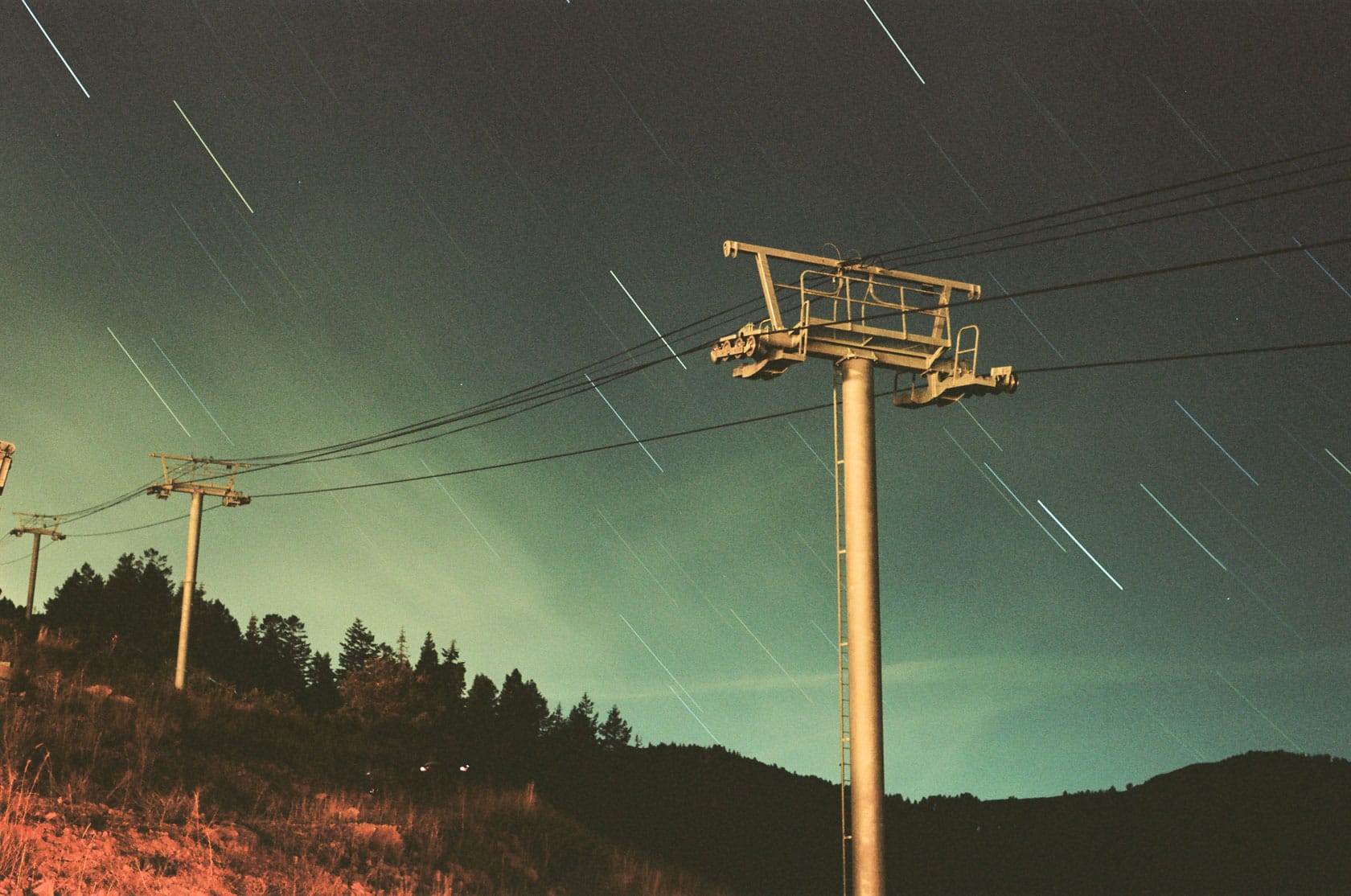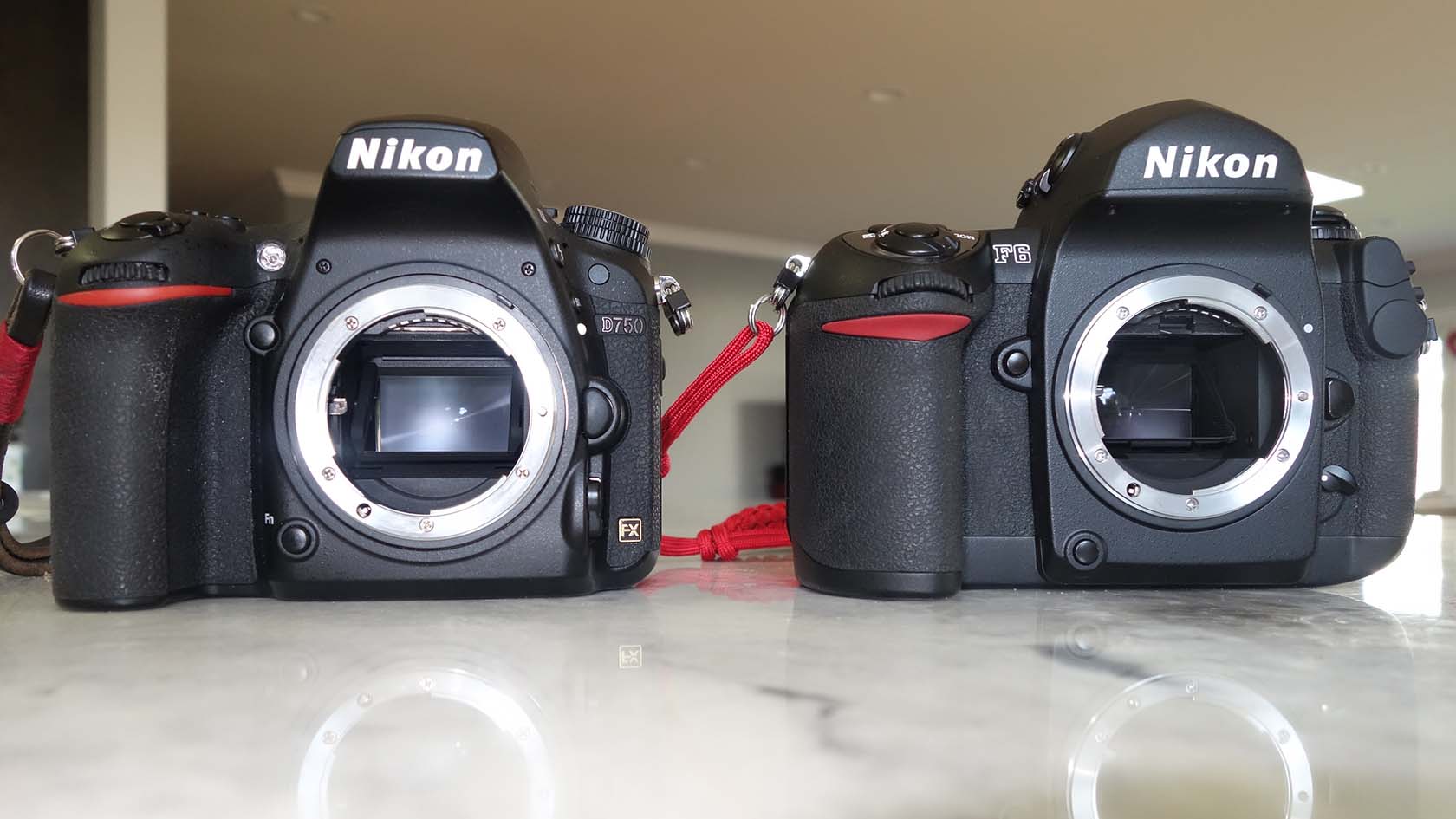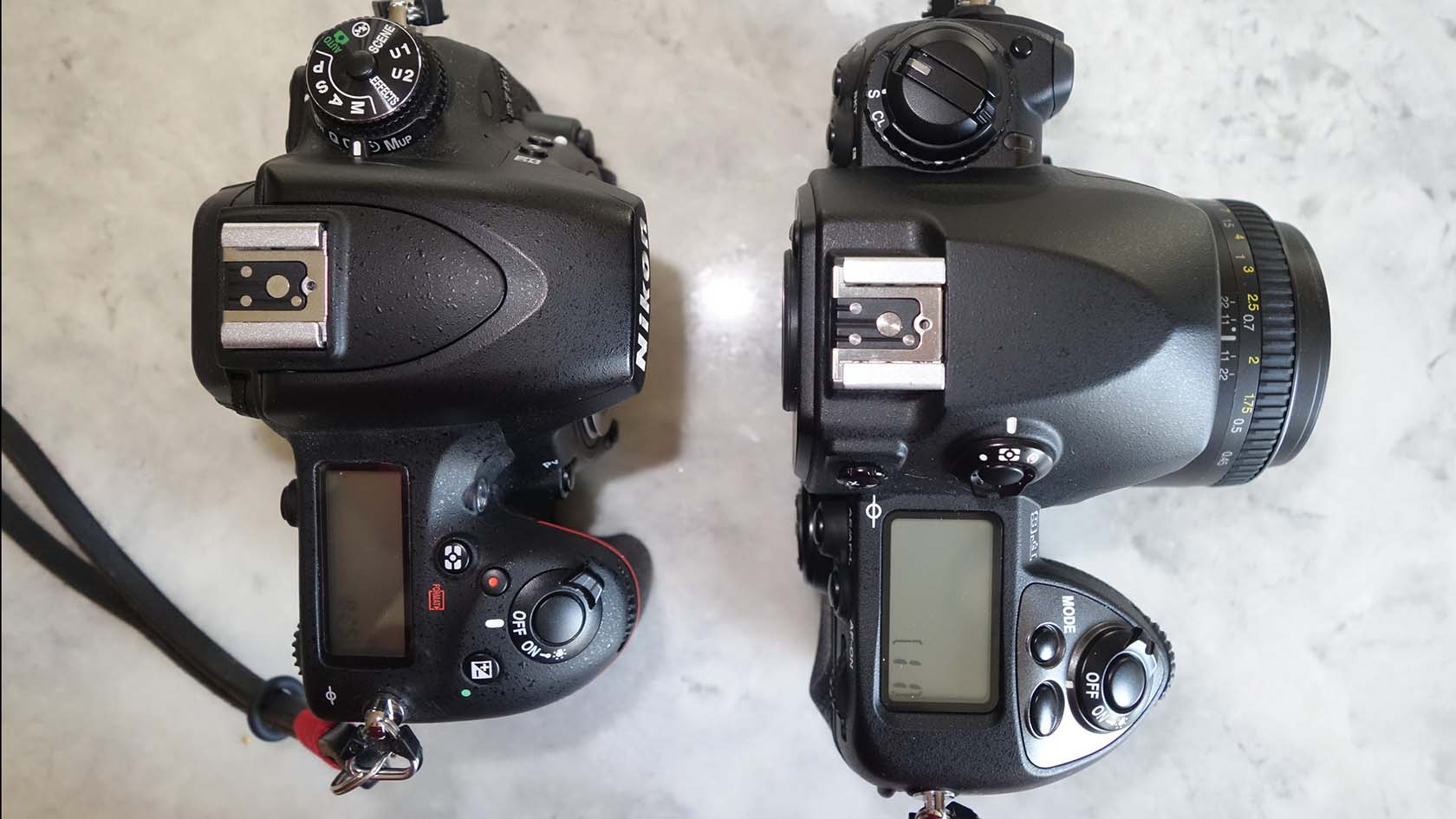Nikon F6: A camera of great substance

The Nikon F6 just might be the greatest film camera ever made, practically perfect for a primary film camera and here’s my reasons why.
The F6 is equivalent to a top-of-the-line digital camera, it just uses film as its medium. We can leave the debate of film vs. digital for another day. Let’s just assume you want to shoot film and are looking for the best camera to use.
First, I want a solid camera that is rugged and durable, I don’t want to worry about taking it out in any situation, be it the beach, a kitchen, or inclement weather. I want a camera that can get dirty take a little beating and still work fine. The Nikon F6 is strong in spades, it could replace the hammer in your toolbox.
Design
One of the next key features is a bit harder to define, but it comes down to handling. Does the camera feel good in your hand? is it responsive and controls laid out well? The ergonomics of the F6 are fantastic, if feels great and performs just how it is supposed to. The click, auto focus, exposure it all just works. Plus nice to not have the extra fluff that comes in most digital cameras with action mode, flower mode, effects, etc…
Listen to this click, solid!
The F6 uses Nikon’s sophisticated 3D color matrix metering, which is about as advanced as it goes for any film camera. It gives an accurate exposure in every situation, again, it just works. I love older manual cameras, but for an everyday shooter I prefer the F6, auto focus and auto exposure helps me miss fewer shots.
Don’t be mistaken, even though the camera records analog, it is very programmable. There are 41 custom settings to tweak the camera just to your liking, from buttons to behavior. The feature I use most is the ability to leave the film leader out, so I can switch film mid-roll.
Setting camera to leave film leader out:
Using a viewfinder might be starting to go out of fashion, but I still prefer shooting with the camera to my eye. The viewfinder in the F6 is superb, bright and large with 100% coverage. The only downside is if you don’t see it in frame, it won’t be in frame. Typically viewfinders are around 95% coverage, a little more forgiving on framing since your result gives you a little more in your shot than you expect.
Long Exposures
Another useful feature for me is the ability to extend the slowest shutter speed beyond 30 seconds. Using a custom setting (B5) you can change Manual mode to allow shutter speeds down to 30 minutes. On a night shoot, I forgot my shutter release cable for both cameras; I could program the F6 for 20 minute exposures, my new D750 maxed out at just 30 seconds.

Shutter
The shutter on the F6 is pretty marvelous too, it has a maximum shutter speed of 1/8000 which allows shooting wider open in brighter light. The shutter is rated to 150,000 exposures which would be an astonishing 4,166 rolls of film. That is say 10 rolls of film a month, every month for the next 34 years, safe to say I won’t reach that in my life.
See high-speed shutter in action:
A brilliant (and little crazy) feature is being able to record exposure data directly onto the film or to a data bank that can be downloaded using a special accessory. The direct on film writes the info inbetween the frames which is pretty slick. I don’t do either of these because I don’t get much value out of the exposure data after the fact.
Size
The Nikon F6 is very comparable in size to the Nikon D750, the F6 slightly larger, but not that much. The F6 is heavier due to its more solid build, according to specs the F6 weighs 34.4oz and the D750 weighs 26.5oz.


Summary
The F6 was created to be the smoothest and most refined SLR, you can read a great interview from one of the designers in The Value of Unique Pictures, their thoughtfulness comes through in the finished product.
“a camera of great substance”
The Nikon F6 was released in 2004 and can still be bought new today. However, you can save yourself some money buying used. I bought mine from for just $700 on eBay while a new camera from B&H will set you back $2,195.
If you want to save even more money, and get 90% of the same camera, go for a used Nikon F100, which can be found for under $200. It is similar in size, handling and quality. It just a model level down, it would be given an A in almost all categories, just not the A+ that the F6 earns.
More information
- Nikon F6 Brochure from Nikon
- The Nikon F6 Project by John B. Crane